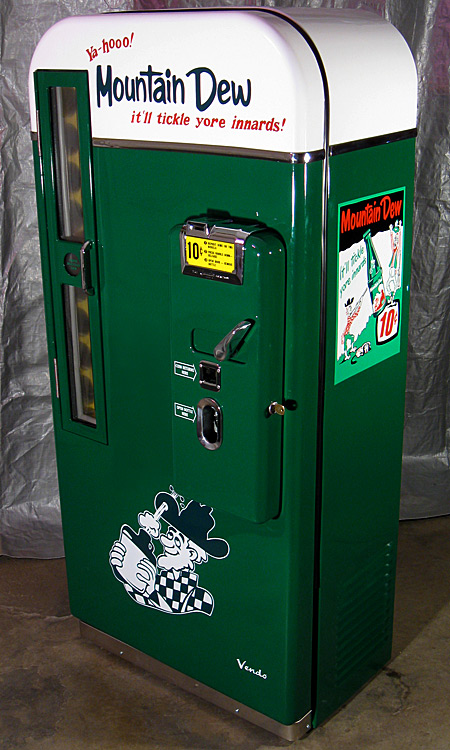


Photos taken by Enrico Mariotti.ĭuring the Cold War, membership in NATO and bilateral agreements with the United States guaranteed Canadian security to some extent, with no major expense for the federal government. The tower was demolished in August 2014 because it was structurally unsound. It was 189 meters tall and was used until recently as a non-directional beacon. The Cambridge Bay long-range navigation (LORAN) tower was built in 1947–48 for radio transmissions. This work is licensed under a Creative Commons Attribution 4.0 International License. The United States built up bases in Alaska, Canada, Greenland, and Iceland as an additional element of its global strategy to contain the Soviet Union. Canada, Denmark, and Norway, the three non-superpower Arctic coastal states, joined the North Atlantic Treaty Organization (NATO) when it was founded in 1949. The defense of the Arctic was inevitably linked to American security, and the Far North became a barrier against possible Soviet invasion. The region became the area in which the two superpowers faced one another geographically. The onset of the Cold War generated pressure to balance sovereignty concerns with North American continental security imperatives because of the strategic position of the Northwest Passage between the USA and the Soviet Union. The result was an agreement in 1947 that established joint weather stations at Resolute, Eureka Sound, Mould Bay, Isachsen, and Alert. In 1946 the United States proposed the construction of several weather stations in the Arctic Archipelago, which would be established and operated in cooperation with Canada. Following the end of the war with Germany, the United States sought to acquire bases as close to the Soviet Union as possible, and also to ensure some amount of control over the Northwest Passage. Interest in the region began during World War II, when Greenland in particular was seen as a possible point from which to launch an attack from Europe on North America. Climate change is enormously worrisome for people living in the Arctic: nature’s instability generates concerns about the sustainability of many aspects of Inuits’ inherited and acquired patterns of life, extending even to the question of what it means to be an Inuit today.ĭuring the Cold War, the Arctic was a place of direct confrontation between the superpowers, and hence a theater for operations and the development of strategic weapons. However, the quest for international stability and harmony does not need to emphasize military infrastructure and investment at the expense of social and economic security. Inuit have accepted military activity as part of life in the Arctic and consider monitoring and surveillance to be fundamental to the region’s survival. The Canadian government aims to play the leading role in the region, but in order to be successful it must also demonstrate its ability to guarantee the security of the area-something that is more than a matter of simply patrolling the coasts.Ĭlimate change is enormously worrisome for people living in the Arctic: nature’s instability generates concerns about the sustainability of many aspects of Inuits’ inherited and acquired patterns of life, extending even to the question of what it means to be an Inuit today. The real conflict in the Arctic today is not, in fact, between military forces, but rather between the competing needs of resource exploitation and environmental protection. It is traversed by national boundaries and commercial shipping lines, but is also a vulnerable and changing ecosystem that is home to unique fish and wildlife populations. Īs the polar ice recedes, the exploitation of resources increases, and the Arctic is a vast territory that is rich in oil and minerals. Rather it was seen as a direction, as an exposed flank”. As Kenneth Eyre observes, “neither the United States nor Canada looked on the North as a place to be protected because of some intrinsic value. The early period of the Cold War saw attempts to overcome what was perceived to be a hostile environment. The result of this is the systematic consolidation of nature as a military entity. In the context of the Northwest Passage, security priorities have been extended from traditional concerns to newer ones related to the changing environment. Security, which in the period after World War II and during the Cold War was thought of in terms of military power, confrontation, and strategic policy, has today become a much more complex question. Rather it was seen as a direction, as an exposed flank.

Neither the United States nor Canada looked on the North as a place to be protected because of some intrinsic value.


 0 kommentar(er)
0 kommentar(er)
